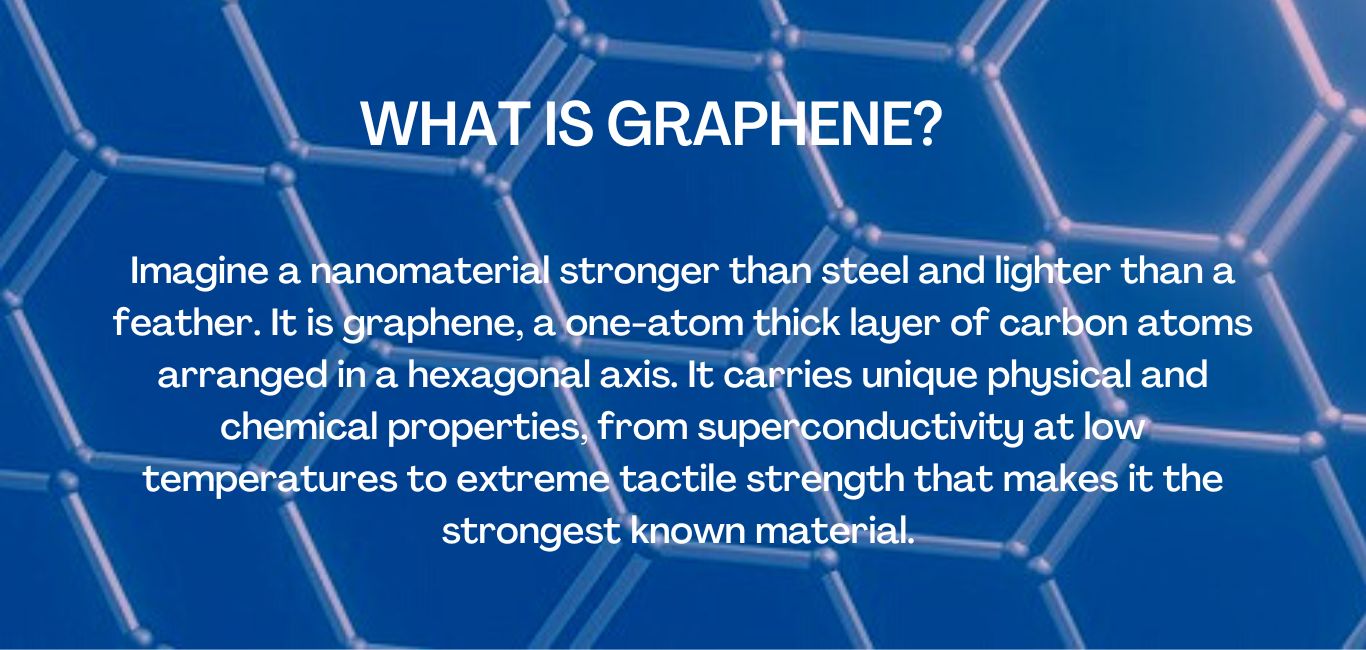
Over the past six years, there has been intense research interest in graphene for cancer therapy. The large number of related publications that came out during this period is testimony to this. The most significant feature of graphene is its ability to precisely deliver drugs to the target site in the body. Its structure, with two sides available for binding, makes it useful in therapeutics. A concern about graphene, namely its biosafety, which many studies raise, is allayed by two experts in this interaction with Happiest Health.
Graphene-based nanomaterials have attracted extensive research interest in biomedical applications, especially in the field of nanomedicine, due to their large specific surface area, unique physical and chemical properties, and good biocompatibility.
The possible applications range from simple drug delivery systems to multifunctional cancer diagnosis and treatment platforms.
What is their charm? Graphene nanomaterials can be designed and customised to have a variety of stimulus-response abilities. For example, nanoparticles can respond to the internal tumour microenvironment and can promote drug delivery by optical, magnetic, and ultrasonic physical action.
“It can lead to fixed-point and quantitatively controlled drug release achieving a good therapeutic effect,” says Xiao Zhu, professor at Guangdong Medical University, Zhanjiang, China.
Graphene exists in various shapes, sizes, and forms. It could be in the form of transparent sheets, powders, flakes, and nanoplates, out of which transparent sheets are considered the most suitable for medical applications.

Resting a biosafety issue
The delivery of nanomedicine or anything which is linked to human health and the surroundings is always flagged by safety concerns. At present, studies have been conducted on mammals such as rats and mice, lower protozoa, nematodes, and aquatic animals such as zebrafish.
Dr Xiao Zhu clarifies that “Toxicity is not related to the material graphene, but its various forms, position, mode, and concentration of action.”
On the biosafety issue, Dr Meenaketan Sethi, Production and Application Scientist at Graphene Research Labs Private Ltd., Bengaluru, says, “Results from in vitro and in vivo studies suggest that a concentration of graphene oxide or graphene between 50 and 100 μg/ml is considered safe to keep the balance of cytotoxicity and antibacterial ability.”
Studies also show that graphene and graphene oxide, when used in the clinic in a certain concentration range (10 μg/ml), exhibited good biosafety and antibacterial properties.
Only at high concentrations and over prolonged exposure does graphene damage the cell membrane; medical studies use only a relatively low concentration of graphene.
“It is demonstrated that graphene can improve drug efficacy without increasing the dose of the chemotherapeutic agent in cancer treatment,” says Dr Sethi.
Efficacy over other nanomaterials
At present, there are several types of nanocarriers that are widely studied. According to Dr Xiao Zhu, “These nanocarriers can be synthesised by nano chemical methods, which allow modification of several traits like surface modification, change in size, surface charge, hydrophilicity [solubility in water], biocompatibility, and degradability.”
The toxicity of these nanocarriers can also be changed by surface engineering and biocoupling methods – which also improves their eventual function.
In recent years 2D materials like MXenes and others have also received attention in cancer therapeutics because their surface properties can be adjusted as required. Their optical properties help to detect tumours. Immunotherapy paired with 2D materials can be a new approach.
Above all, graphene nanomaterials hold great promise because of their relatively large surface area (2,630 m2/g). It allows anti-cancer medicines to bind and precisely target cancer cells.
“Theoretically, almost all cancers can be treated using nanomaterial-coupled photothermal therapy. But gastric cancer and ovarian cancer [among a few others] seem to be more suitable,” says Dr Xiao Zhu.
Surgical bandage for skin cancer
Scientists at the University of Nottingham have devised a graphene-based surgical bandage to overcome the risk of the tumour reoccurring at the site where it was surgically removed. The site can be dressed in a bandage and allowed to heal with photothermal therapy.
In photothermal therapy for breast cancer
Researchers at the University School of Medicine, Shanghai, China compared the existing cancer therapies with photothermal therapy, which not only kills the cancer cells but can also locate the position of the tumour. This technique can be used to treat cancers of the skin, breast, and brain.
In breast cancer cases, the tumours can spread to adjoining bones, and become difficult to remove. To resolve this issue, scientists have devised a graphene-based bioscaffold that, when coupled with photothermal therapy for 30 seconds, can completely wipe out the tumours and even prevent a relapse.
Dr Sethi from the Bengaluru lab says that apart from breast cancer, quite a few types such as “Burkitt’s lymphoma, cancers of colon, cervix, brain, lung, liver, skin, prostate gland, pancreas, besides gastric cancer, glioblastoma cancer, and epidermoid carcinoma can be treated with nanomaterial-coupled photothermal therapy.”
Liquid biopsy & human trials
Conventional tissue biopsies are intrusive and not efficient enough to find early cancer signals. Advanced cancer diagnostic biosensing has been developed to overcome this shortcoming.
Scientists at US-based start-up Cardea have developed next-generation graphene-based liquid biopsies to detect cancer early. The bio-signal processing units (BPU) devised at Cardea work like the central processing unit of a computer. And like a chip, they translate biological signals to a digital platform.
“We still need to make more efforts to address the key issues that hinder the clinical translation of graphene,” says Dr Xiao Zhu.
Coordinated efforts
For example, green and simple standardised synthetic methods should be developed to produce these multifunctional graphene-based nanomaterials for clinical applications. The design and construction of graphene-based comprehensive therapeutic systems require the collaboration of researchers from different fields, such as cancer biology, chemistry, nanotechnology, materials science, and pharmacy. Such developments can together hasten the transition of graphene-based nanomaterials to the clinic.


















One Response
Very timely and detailed expert views on the latest knowledge on graphene antitumors.
Thank you very much!